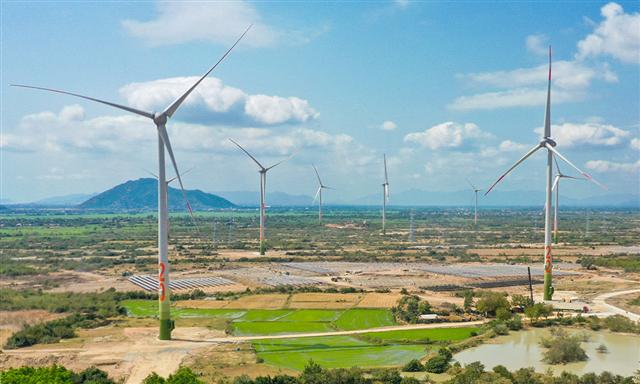Meat costs continue to cause consternation
Meat costs continue to cause consternation
The Ministry of Industry and Commerce will reassess the costs involved in meat production, especially pork, to ensure that vendors are not overcharging.
Under a new government directive, the ministry will examine the costs incurred by breeders, the cost of transporting animals to markets, and the cost of slaughtering the animals.
The ministry's Foreign Trade Policy Department Deputy Director General, Mr Saysana Sayakone told a seminar recently they will then assess how much vendors should charge for meat products so that customers pay a fair price.
The price of pork at Vientiane's main markets currently is 37,000 kip per kg of Grade A and 33,000 kip for Grade B, while beef is 73,000 kip for Grade A and 65,000 kip for Grade B, according to the Department of Domestic Trade.
However, pork and beef prices at local markets are somewhat higher due to the lack of vendors and no management by the authorities.
Almost all food including vegetables and fruit at smaller markets are selling for more than in larger markets as some vendors purchase goods from large markets for sale at the smaller ones.
Vientiane Foodstuff State Enterprise Director, Mr Khamla Sae ngdara explained the practice of vendors purchasing at larger markets and reselling at smaller ones.
He agreed that the current pork price of about 35,000 kip per kg was fair.
Mr Khamla explained that the capital costs involved in pig breeding are around 17,500 kip while the farm gate sale price is around 18-19,000 kip.
Transport to the slaughterhouse then costs 2,000 kip to 3,000 kip to have the pigs butchered for sale.
After the actual slaughtering process, a whole pig carcass including the head can be purchased for around 24,500 kip per kg from the slaughterhouse.
However if market vendors wish to purchase only the choice cuts of pork and not the entrails then they have to pay around 33,000 kip per kg for Grade A pork.
If pork is then sold in the market for around 37,000 kip per kg this leaves a profit of around 4,000 kip per kg for market vendors.
“To raise confidence among consumers, especially about the responsibility of the ministry, we will reassess and closely cooperate with local authorities to follow and manage meat prices in the main target markets,” said Mr Saysana.
He believes that some vendors are still raising their prices when there is a temporary shortage in supply.
He understands that traders should make a profit but advised that prices should be reasonable and fair to consumers.
To solve the problem requires good cooperation from every sector including local people and authorities as well as vendors.
The issue of meat prices has been a long running one and the authorities have yet to fully address the matter.














